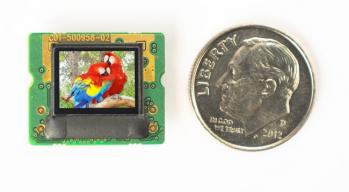LG Display more than double their flexible OLED production capacity
During an investor conference call, Universal Display revealed some new details on LG Display's flexible OLED program. According to UDC, LGD's current production capacity in its 4.5-Gen fab is 14,000 monthly substrates, more than double its capacity (6,000 substrates/month) that was reported in the middle of 2014.

LGD indeed said they expect to double their capacity towards the end of 2014, and that's great news. Some of that capacity will go to LG's own flexible products (such as the G Flex 2 and the G Watch R) - and reportedly also to support Apple's Watch which will launch in April.







